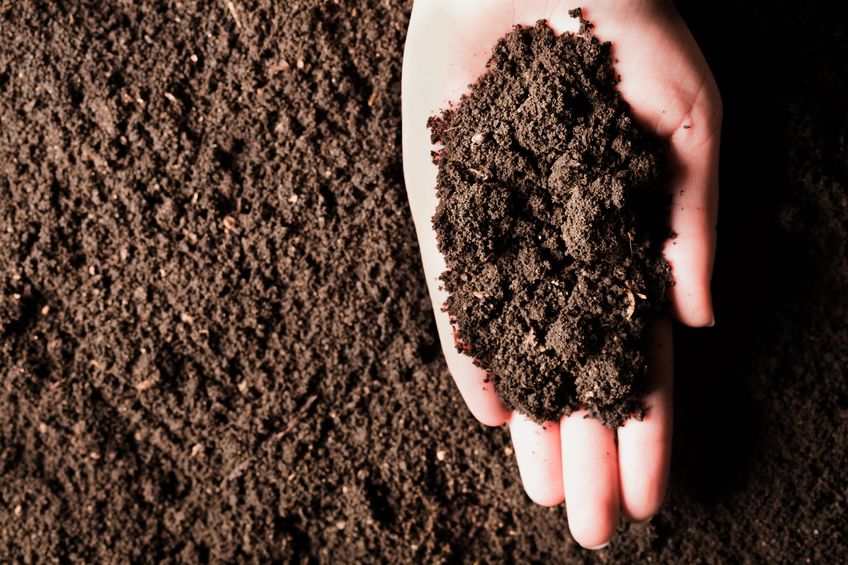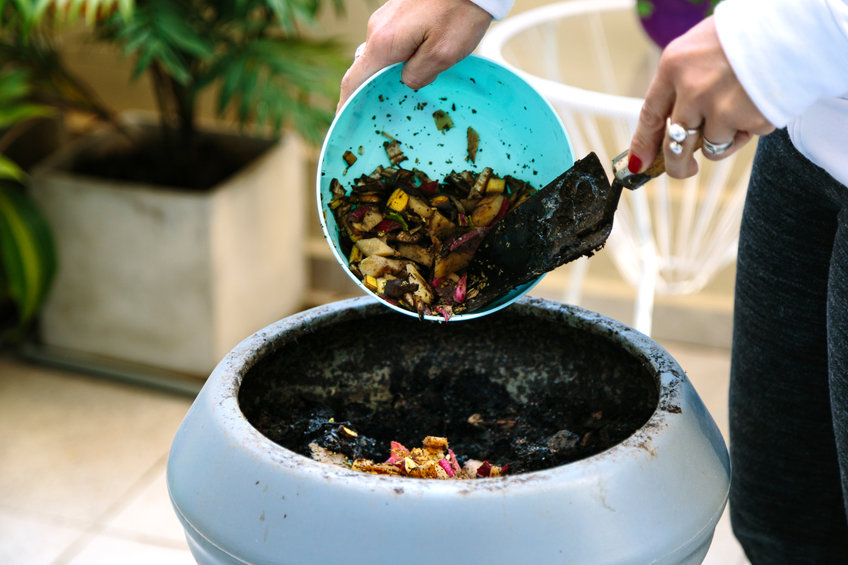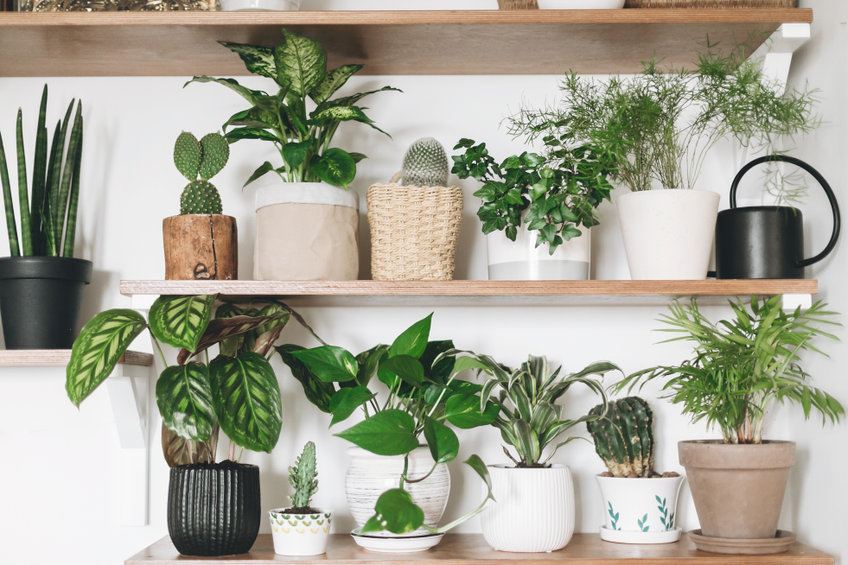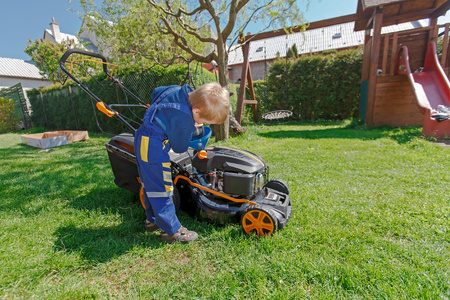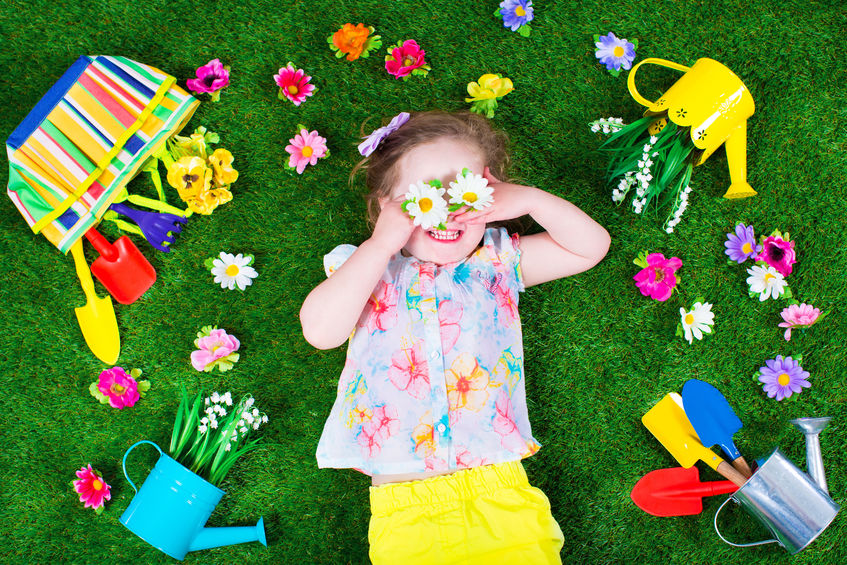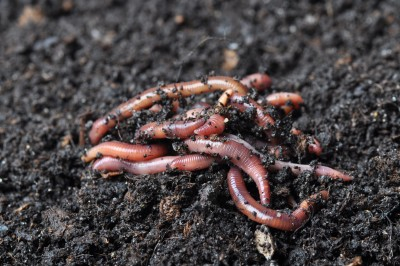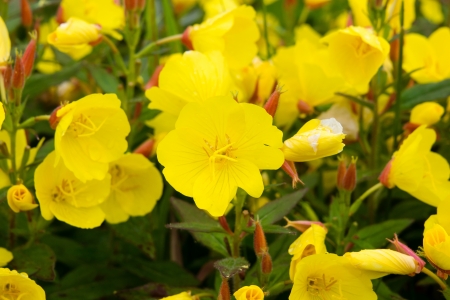Easy Garden Soil Testing:
Know Your Backyard Dirt
Not all dirt is created equal. Easy garden soil testing you can do yourself is the great equalizer: Once you know what you're working with, you'll find your gardening success is greatly enhanced.
You want soil that drains well yet retains enough moisture to keep the roots from drying out. You want soil that has a lot of organic matter for nutrients. You want soil that does not compact. You want soil that will allow roots to spread easily.
Garden soil consists of three types of soil particles: sand (large), clay (small), and silt (medium). The optimum mix is 40 percent sand (for drainage), 40 percent silt (for nutrients and drainage), and 20 percent clay (for nutrients and to conserve water).
When a soil has that precise mixture, it is called "loam." Unfortunately, loam soils are few and far between.
The good news is that you can improve on what you have. There's always room for improvement. But how do you know what you have? Try one of these simple soil testing hacks.
Easy Garden Soil Testing Squeeze Test
Here's an easy test: Squeeze a fistful of wet dirt and release.
- If it falls apart, your dirt is too sandy or silty.
- If it holds together in a ball, press on the ball. If it breaks apart easily, you've got the right combination.
- If the pressed ball sticks together in a hard lump, looks shiny, and feels sticky, you've got too much clay.
The Dissolving Soil Test
Still another popular test involves soaking some soil overnight in water:
- Dig up a small amount of topsoil from your garden.
- Put the soil in a quart jar (fill just under half full) and top it off with water almost to the rim.
- Shake until the soil is dissolved and let it sit overnight.
The next day, you will find three colored layers in the jar. The heavy sand portion will be on the bottom, with silt in the middle and clay on the top.
There will also be some fine organic matter floating in the water—the more, the merrier because the more organic matter, the more nutrient-filled your soil. You may want to test your soil's pH level.
You can also buy soil tests that will show you exactly what your soil is comprised of. For the home gardener, these are generally not necessary. You may, however, want to test your soil's pH levelMost plants grow best in a neutral pH, but some plants, such as rhododendron and azaleas, prefer an acidic growing ground.
- Clean Home
- Backyard & Garden
- Easy Garden Soil Testing
